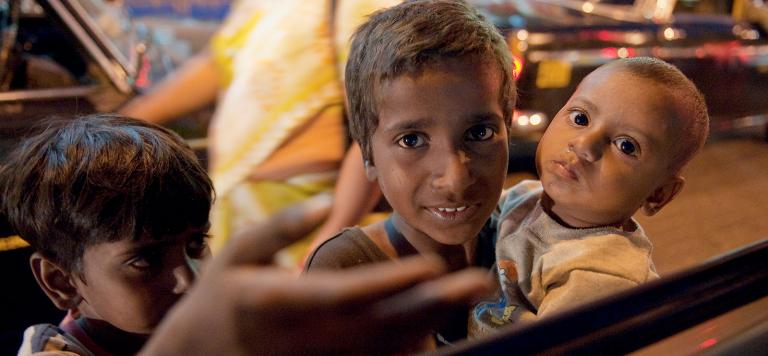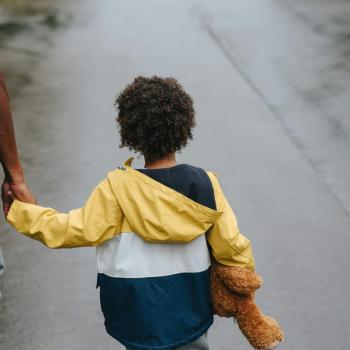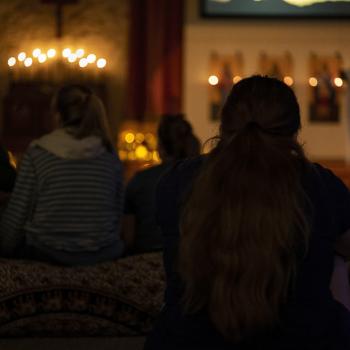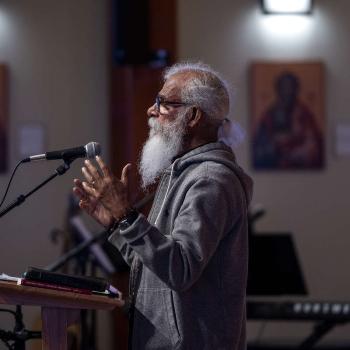Wills Point, Texas – GFA Special Report (Gospel for Asia) – Discussing the horrors of modern day human trafficking, slavery and forced labor throughout the world.
Human Trafficking: Cashing In on Chaos
Like a virus, human trafficking continues to mutate. Women have long been considered to be the main victims, and that is certainly true in the sex trade, where they comprise 99 percent of those used and abused.
However, GRETA (Group of Experts on Action against Trafficking in Human Beings) found that, in some countries, labor trafficking has emerged as “the predominant form.” And while there are “considerable variations in the number and proportion of labour trafficking victims amongst evaluated countries, all countries indicated an upward trend of labour exploitation over the years.”
As the numbers of those trafficked for forced labor have increased over the last decade, so has the number of trafficked men, who can be subject to particularly brutal treatment. Survivors of forced labor in the Thai fishing industry have told of being made to take amphetamines to enable them to work long hours and of being dragged through the water with a rope around their neck for complaining.
Those who tried to escape were executed and their bodies thrown overboard.

Human trafficking has also grown and morphed in the wake of the refugee crises in Europe and parts of Africa and Asia.
“Refugees and unaccompanied children are some of the most vulnerable targets of labor and sex traffickers,” warns the UN.
Mass movements of people in times of great upheaval leave many vulnerable to being taken advantage of and provide opportunities for traffickers to move even more freely.
“In the chaos of conflict and violence, a perfect storm of lawlessness, slavery, and environmental destruction can occur—driving the vulnerable into slave-based work that feeds into global supply chains and the things we buy and use in our daily lives,” say the GSI publishers.
“Modern forms of slavery prosper in these environments of conflict, corruption, displacement, discrimination and inequality,” they add. “Given this, it is critical that national and international responses to humanitarian emergencies and mass migration take account of the very real risks of modern slavery on highly vulnerable migrant and refugee populations.”
“In 1850, an average slave in the American South cost the equivalent of $40,000 in today’s money. Today a slave costs about $90 on average worldwide.”
If selling trafficked bodies is grievous, then selling trafficked body parts is gruesome, but it happens. As many as 7,000 kidneys are illegally obtained by traffickers every year as demand outstrips the supply of organs legally available for transplant, says Fight Slavery Now. This organization references a refugee camp given the nickname Kidneyvakkam, or Kidneyville, because so many women there had sold their kidneys.
“A black market thrives as well in the trade of bones, blood and other body tissues,” says the organization.
A particularly disturbing aspect of human trafficking is how often perpetrators take advantage of people’s hopes and desires to prosper. Many migrant workers are lured from their home country by promises of a new life—only to find a darker reality.
Maya was 22 when she fled the fighting in her native Syria, destined for Lebanon where she had been promised a job working in a factory. But upon her arrival, she found herself forced into prostitution with many others, enduring “severe physical and psychological violence,” before finally being rescued.
It’s all too common for migrants trying to get into a new country without the proper papers to be tricked by those claiming to help them, but they are not the only ones to find they have been duped.
Hundreds of welders and pipe-fitters who were recruited to help fix oil rigs damaged by Hurricane Katrina arrived in the United States legally—some having paid as much as $25,000 in recruiting fees for the opportunity.
But upon arrival, things were very different. They found themselves in an isolated, barb-wired compound with armed guards, where they were forced to live in crowded shipping containers—as many as 24 men in one unit—and for which they were charged $1,000 monthly rent. Underfed, they had to work round the clock for virtually nothing by the time a slew of deductions was made from their wages.

Traffickers lure their victims with false promises and then keep them imprisoned, sometimes literally and sometimes by threats of violence. When victims have been taken to a different country, they can be reluctant to go to the authorities for help for fear of being deported. As a result, traffickers may not keep their victims in locked rooms but “hide them in plain sight,” knowing they will not try to escape.
That “plain sight” may include the local hand car wash. In the U.K. there is concern that “endemic exploitation” occurs at the 20,000 such operations in the country.
“The truth is that ordinary people everywhere in the world … unwittingly come into contact with victims of modern slavery every day,” says Forrest. “We might walk past a little girl trapped in a forced marriage, a hotel cleaner that has had her passport confiscated, or touch this crime through the clothes and products made through illegal forced labor that we use every day.”
Traffickers will also play on victims’ vulnerabilities. When Gowri, who was tricked into bonded labor, tried to leave the brick kiln where she was being held, the owner attacked her children and then her.
Nigerians recruited for supposed good jobs in the U.K. have been made to take part in spiritistic practices, locked in coffins and making a blood oath not to try to escape or speak to the authorities.
Children at Risk
The widespread exploitation of children isn’t limited to working in fields and factories. Cruelly, they also may be enslaved in a place that is supposed to be a haven.
They may have ended up in care because their desperately poor parents thought they would be better cared for by others.
But that does not always turn out to be the case. Some orphanage operators have deliberately withheld food and proper living environments to keep the youngsters looking malnourished “to attract more sympathy and therefore more money via donations.”
So-called “paper orphans” are said to be used as moneymakers in countries like Nepal, Cambodia, Ghana, Uganda, Guatemala and Haiti, tapping into the growing “voluntourism” market of the West, combining travel with a dash of doing good.
And there is “a strong but largely unrecognized connection between institutionalization and trafficking.”
It is bad enough that many of those who volunteer at orphanages don’t have any credentials and that the high turnover of visiting caregivers is believed to lead to attachment disorders among the children. Yet even more alarming is that orphanages can be a rich target for pedophiles.
“Modern forms of slavery prosper in these environments of conflict, corruption, displacement, discrimination and inequality.”
For being such a large criminal operation, human trafficking sees limited disciplinary action. According to the U.S. State Department’s 2017 Trafficking in Persons report, there were only 14,897 prosecutions and 9,071 convictions for human trafficking globally the previous year. In South and Central Asia, the number of prosecutions rose between 2010 and 2016—but only from 1,500 (with 1,000 convictions) to 6,250 (2,200 convictions).
Partly this is because of limited manpower and other resources. International Justice Mission (IJM) notes that many police departments in Asia “often lack the most basic office supplies—paper, folders, functional phones, copiers and computers—let alone forensics evidence kits, DNA testing equipment, and cameras necessary to do their job.”
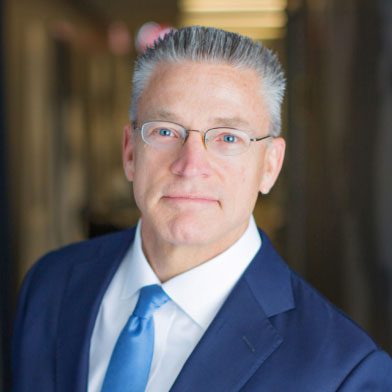
But there is a darker reason for the widespread impunity with which many human traffickers work: corruption. As the UN has observed, “most poor people don’t live under the shelter of the law, but far from the law’s protection.”
IJM founder and CEO Gary Haugen says the last half-century has seen “the almost total collapse of functioning criminal justice systems in the developing world.”
When cases are investigated, it’s not uncommon for them to be settled out of court in parts of Asia because the victims’ need for money trumps justice, allowing the offenders to continue their trade.
21st Century Slavery & Human Trafficking: Part 1 | Part 3
This article originally appeared on gfa.org
To read more on Patheos on the desperate issue of ongoing human trafficking, go here.
Click here, to read more blogs on Patheos from Gospel for Asia.
Go here to know more about Gospel for Asia: GFA.org | Facebook | Youtube | Twitter | GFA Reports


